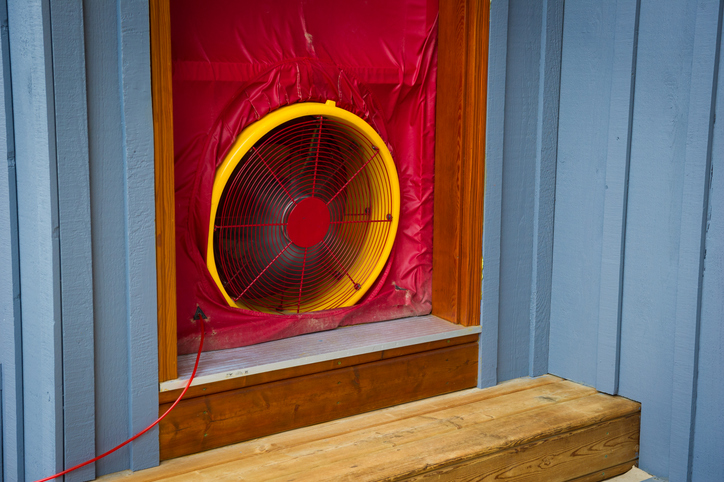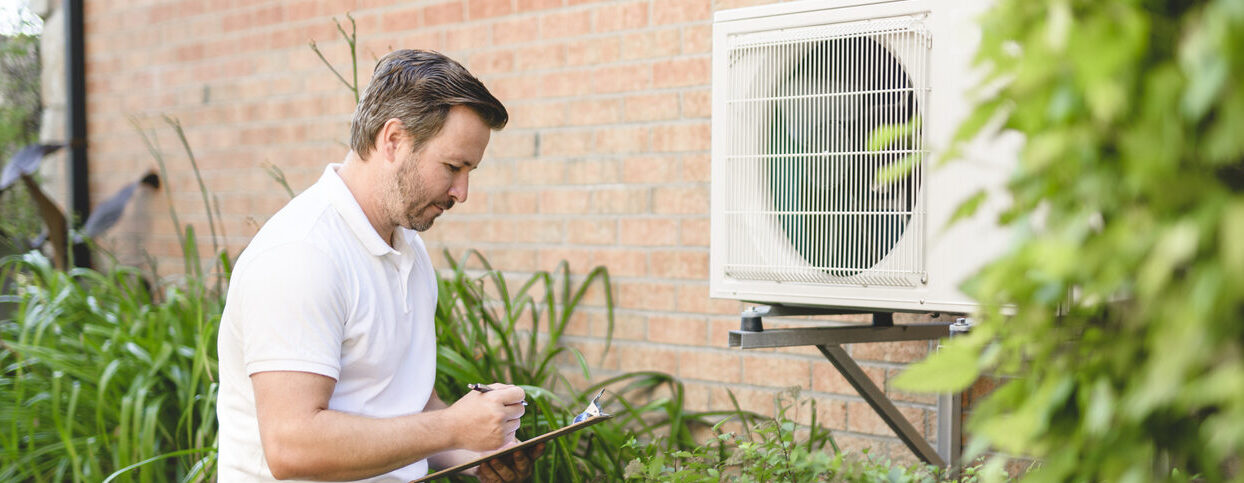Your first step toward a more comfortable, efficient, and climate-ready home.
If you’re considering investing in energy upgrades for your home, like air sealing, insulation, or installing a heat pump, your journey should begin with a Home Energy Assessment (also called an energy audit). It’s the single most important step to help you understand how your home uses energy and where improvements can make the biggest impact. Here’s what you need to know.
Why Start with an Energy Assessment?
An energy assessment is more than just a checklist. It’s a comprehensive, expert-led evaluation of your home’s energy performance. Conducted by a registered energy advisor, the audit gives you a clear picture of how energy flows through your home—where it’s being used efficiently, and where it’s being lost through things like drafts, poor insulation, or outdated heating and cooling systems.
A Home Energy Assessment is:
- The first step in any energy retrofit journey
- A requirement for most rebate and loan programs (including Better Homes Peterborough)
- A tool to help you make informed decisions about upgrades that will truly make a difference in your home
What happens during the assessment?
During your in-home visit, a registered energy advisor will carry out a top-to-bottom inspection of your property. This includes:
- Checking insulation levels in your attic, basement, and walls
- Assessing windows and doors for drafts and heat loss
- Evaluating your heating, cooling, and ventilation systems
- Performing a blower door test to find hidden air leaks
What’s a blower door test?

This test temporarily depressurizes your home using a high-powered fan placed in an exterior doorway.
It helps pinpoint exactly where air is leaking in or out—no matter how small the gap. It’s one of the most effective ways to identify weaknesses in your home’s building envelope.
What will you receive after the audit?
Once your assessment is complete, you’ll receive a set of official documents to guide your next steps:
- EnerGuide rating label:
A standardized rating that shows how energy-efficient your home is, compared to a typical new home in Canada. It includes a breakdown of how much energy your heating, cooling, and other systems use.
- Homeowner information sheet:
A detailed explanation of how your EnerGuide rating was calculated, and a summary of your home’s energy performance.
- Renovation upgrade report:
This is your personalized roadmap. It outlines recommended upgrades, potential energy and emissions reductions, and helpful tips to improve your comfort and efficiency. It also flags any health and safety considerations that should be addressed.
How to prepare for your assessment
Before booking your Home Energy Assessment, make sure:
- All areas are accessible (including attic hatches, crawlspaces, and utility rooms)
- Windows and doors are closed and sealed
- Wood burning fireplaces are free of ash and have dampers closed (in preparation for the blower door test).
- You have your property tax bill and roll number on hand
- Ensure that there are no renovations in progress, or large holes in the building envelope that impact the air tightness of your home
The assessment typically takes about 2 to 4 hours, and the legal homeowner must be present during the visit.
How much does it cost?
- Initial Energy Audit: $500–$700
- Follow-up Audit (after upgrades): $300
If you qualify for programs like Home Renovation Savings (HRS) Program or Save on Energy, these costs may be partially or fully reimbursed. Read our summary of the incentive and rebate programs that could be available to you for more information.
Important: To qualify for most rebates or incentives, you must complete the energy assessment before starting any upgrades. Starting renovations early can disqualify your project from financial support, so don’t skip this step!
Whether you’re looking to reduce drafts, improve your home’s comfort, or take meaningful action on climate change, a Home Energy Assessment is where it all begins.
